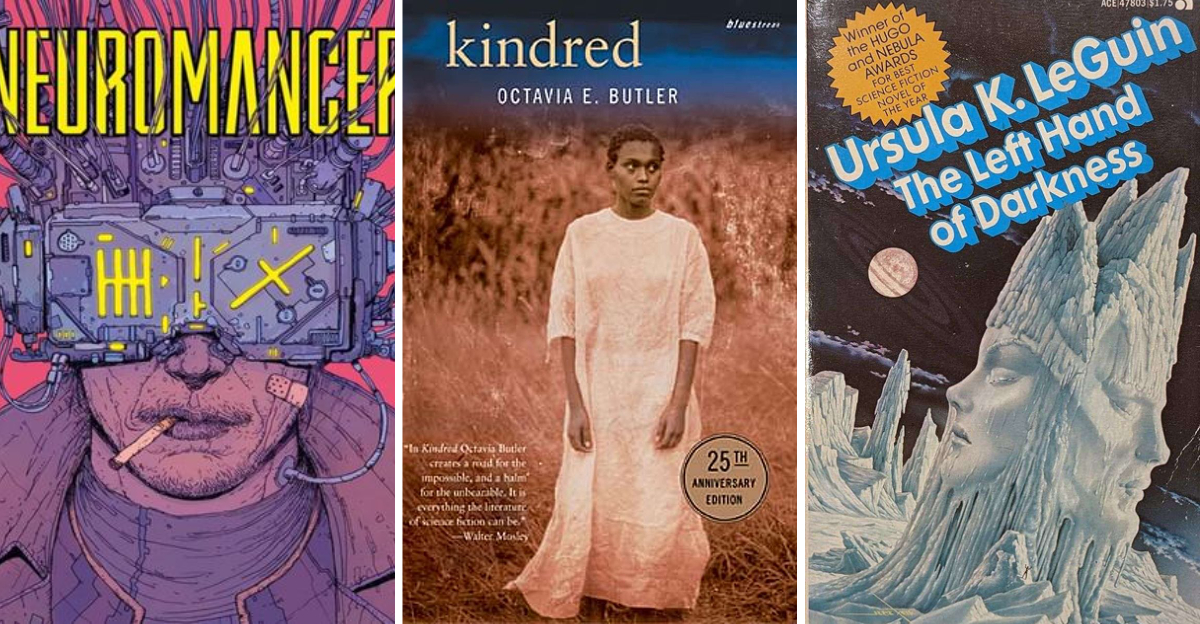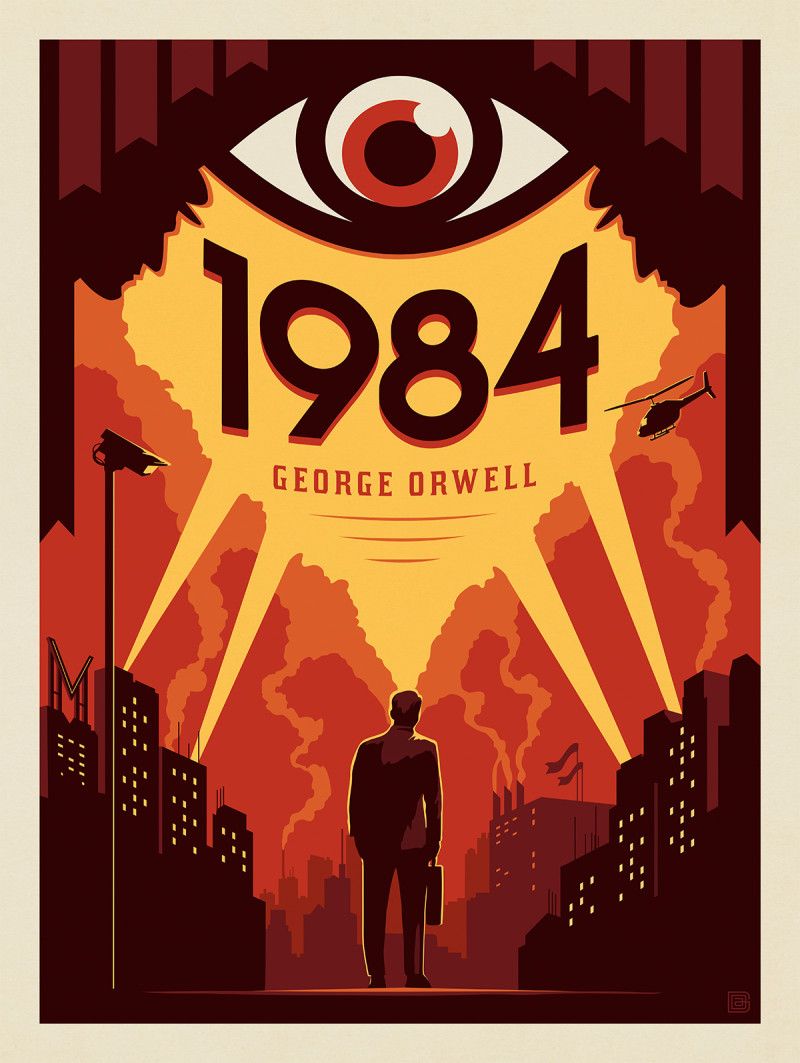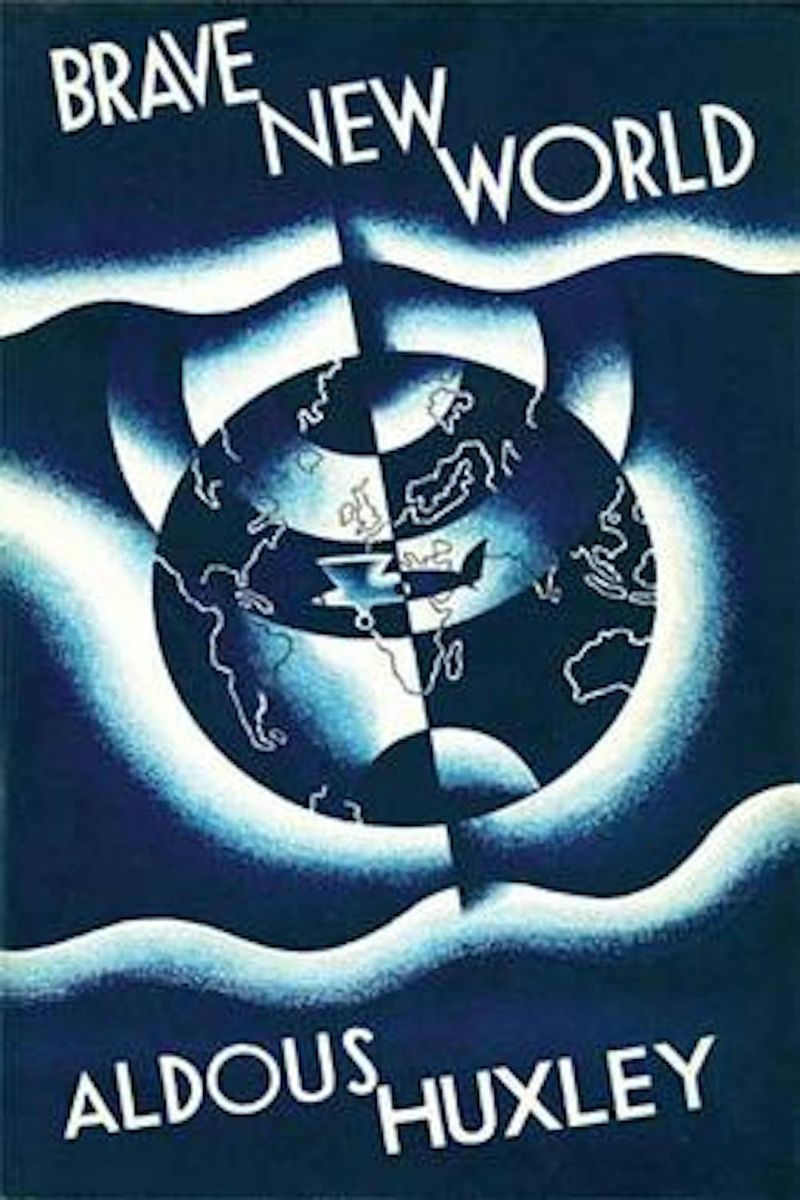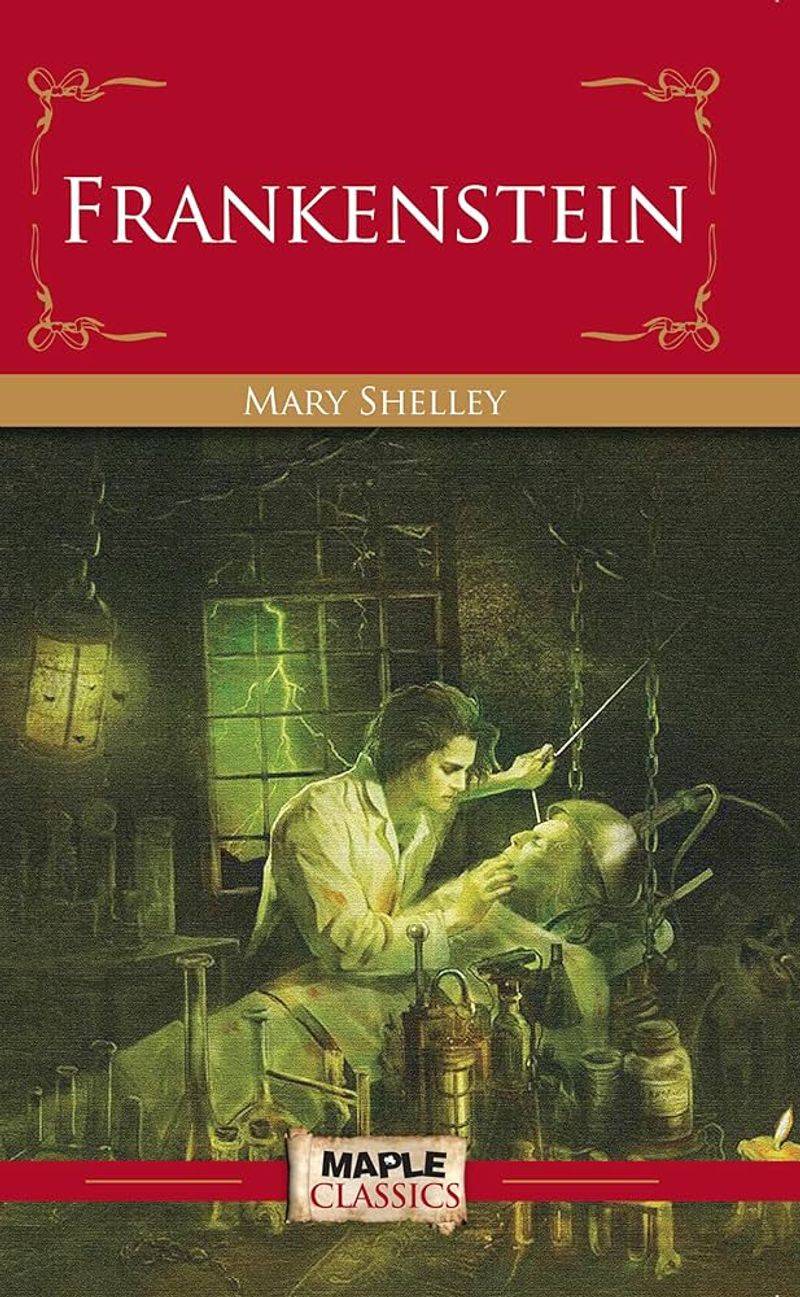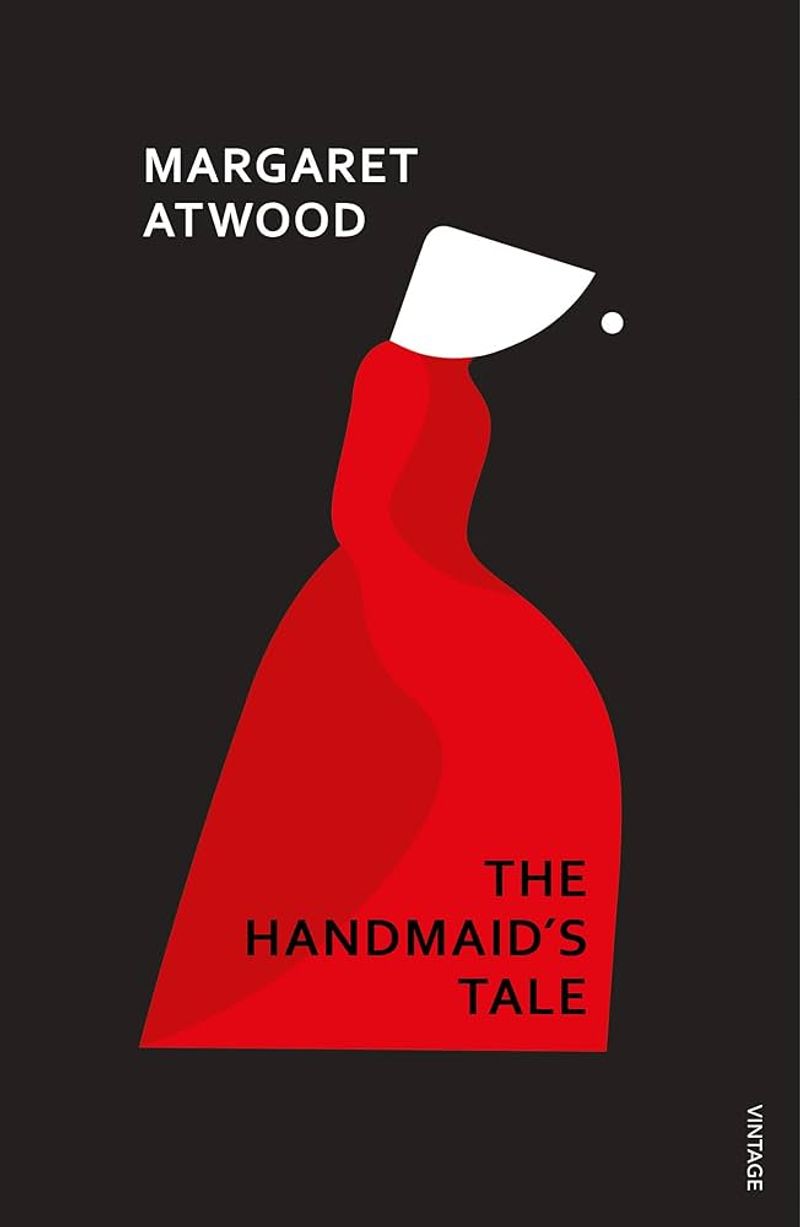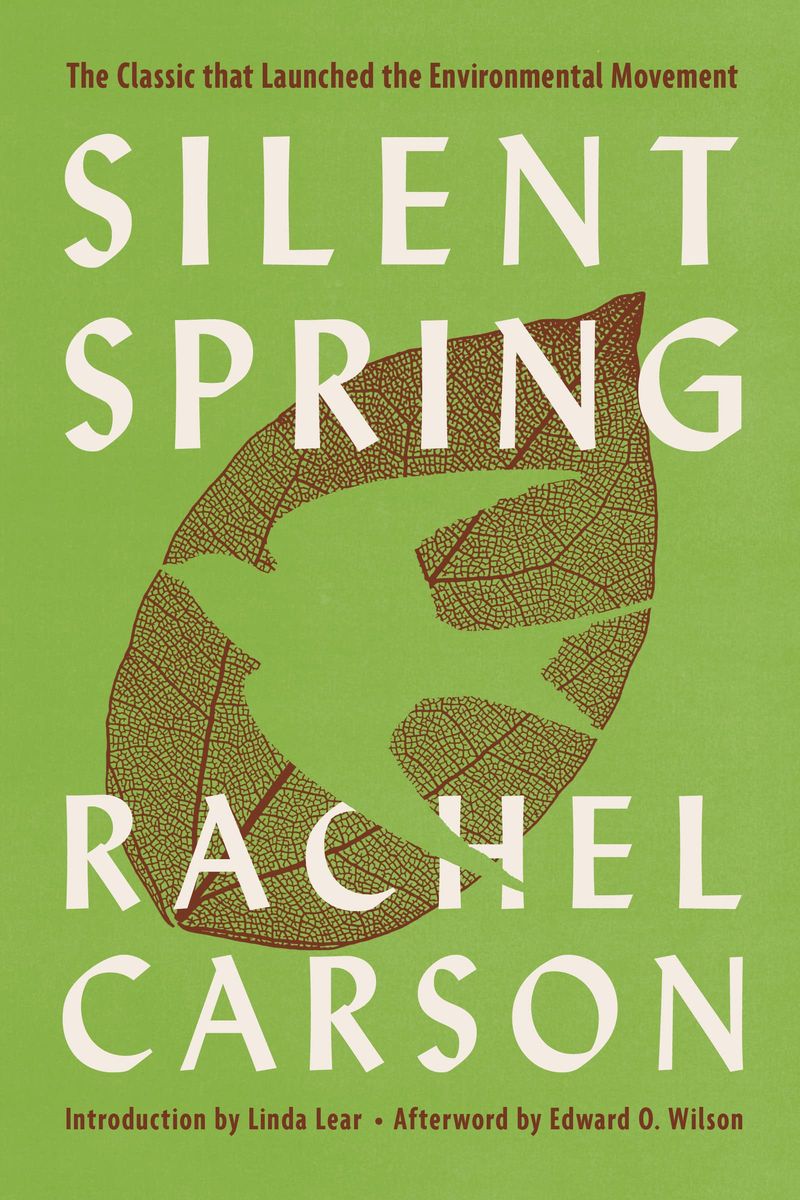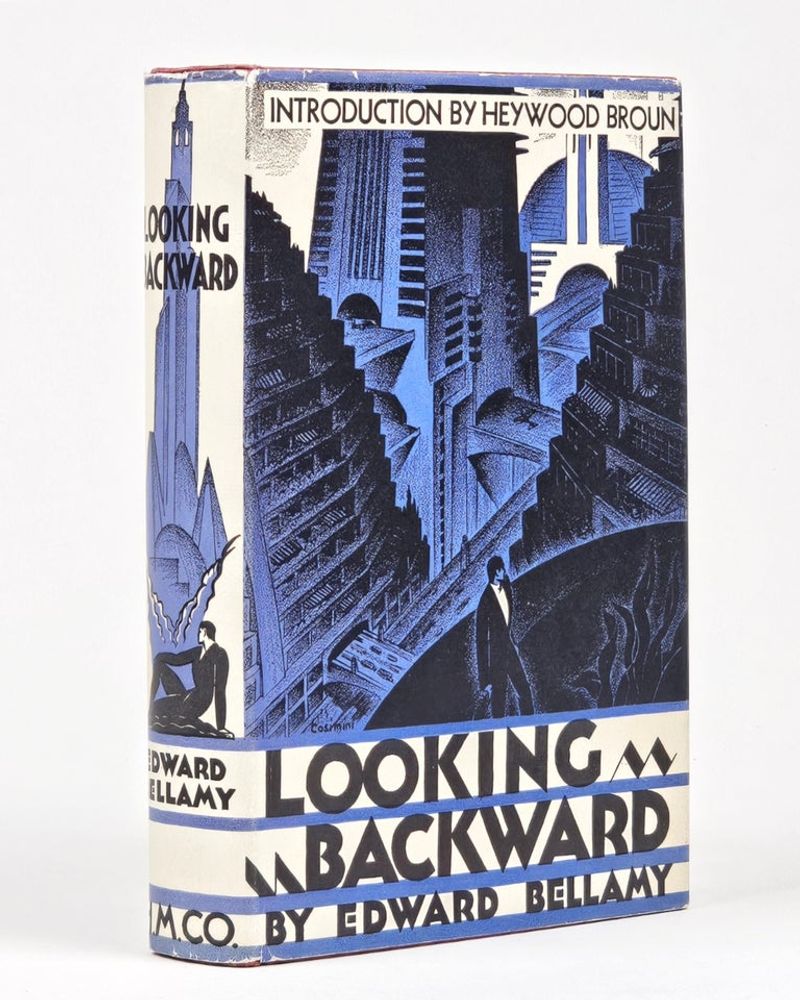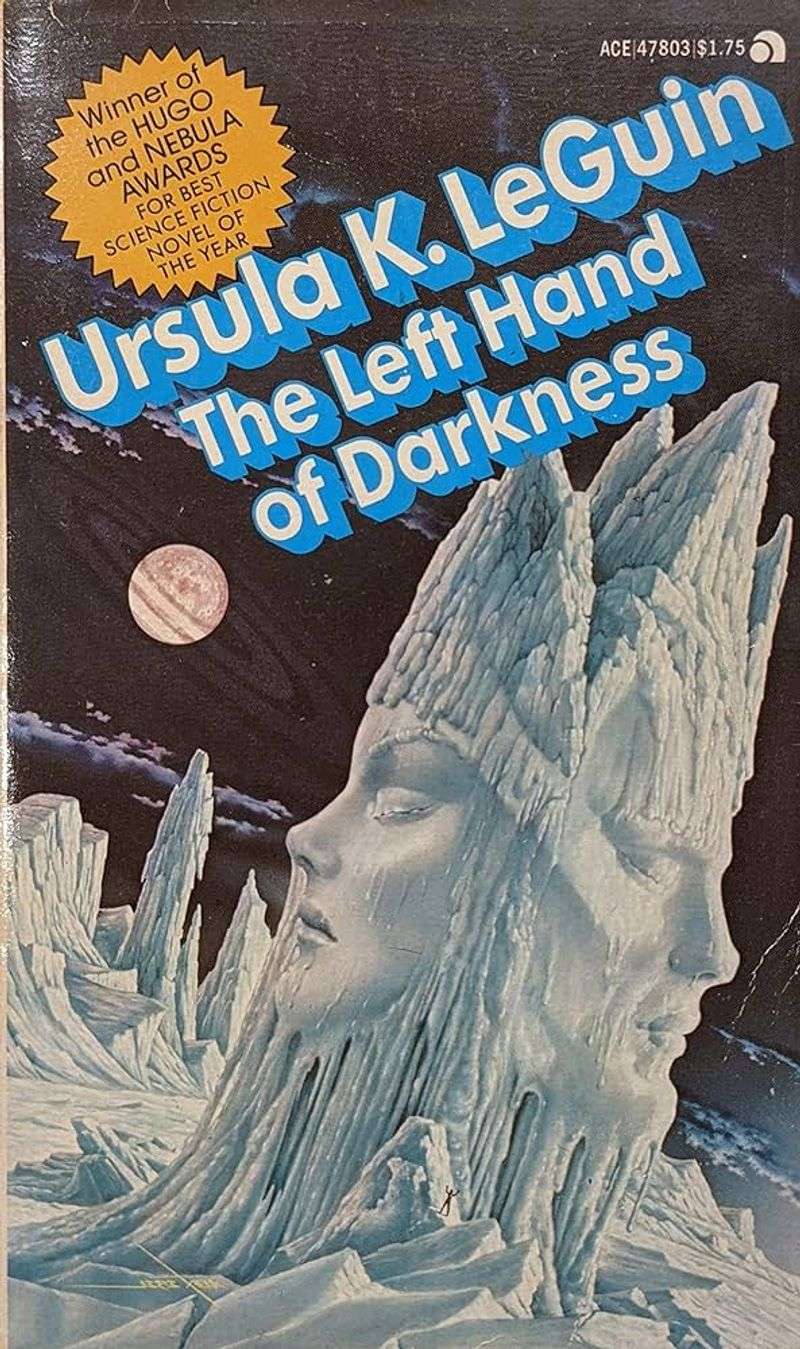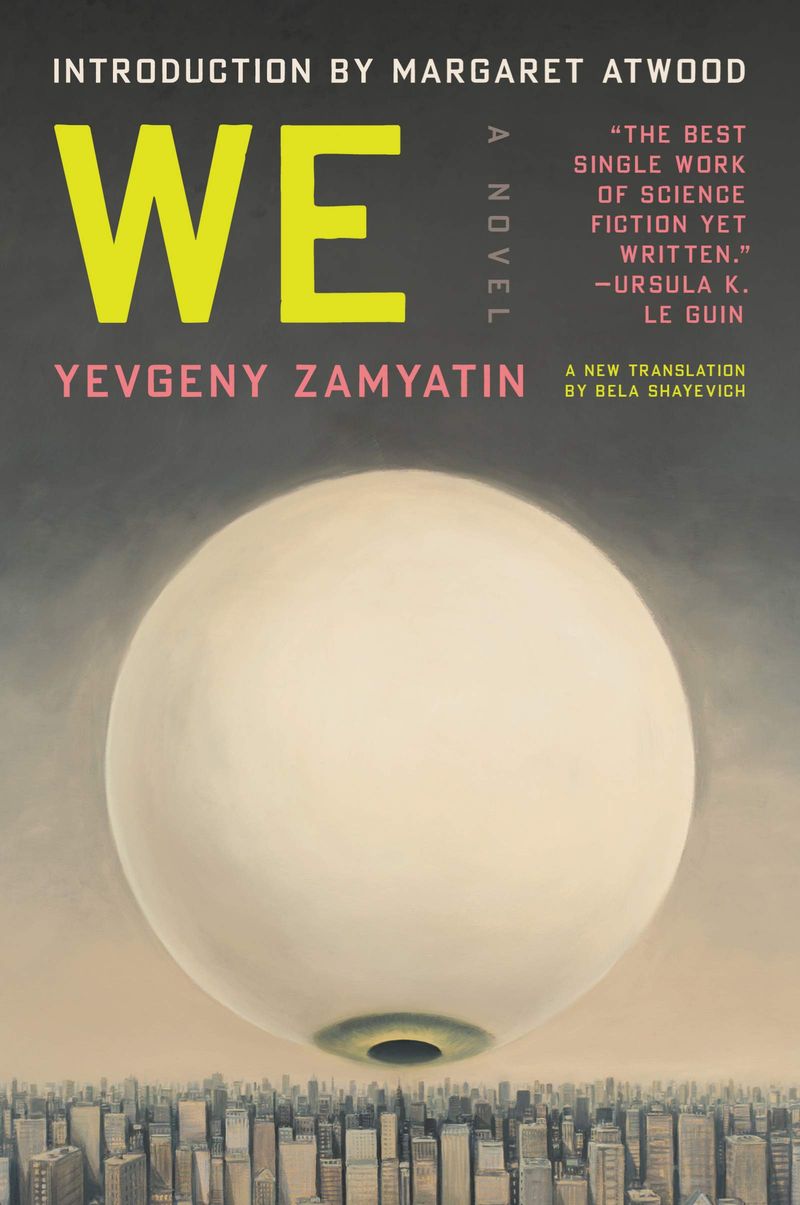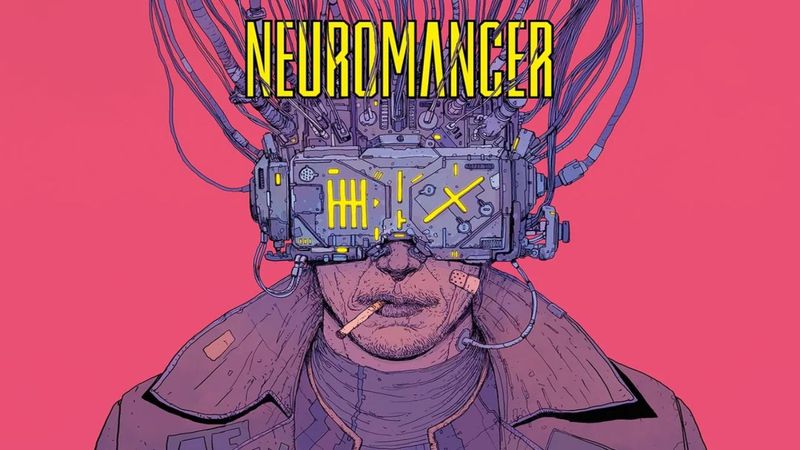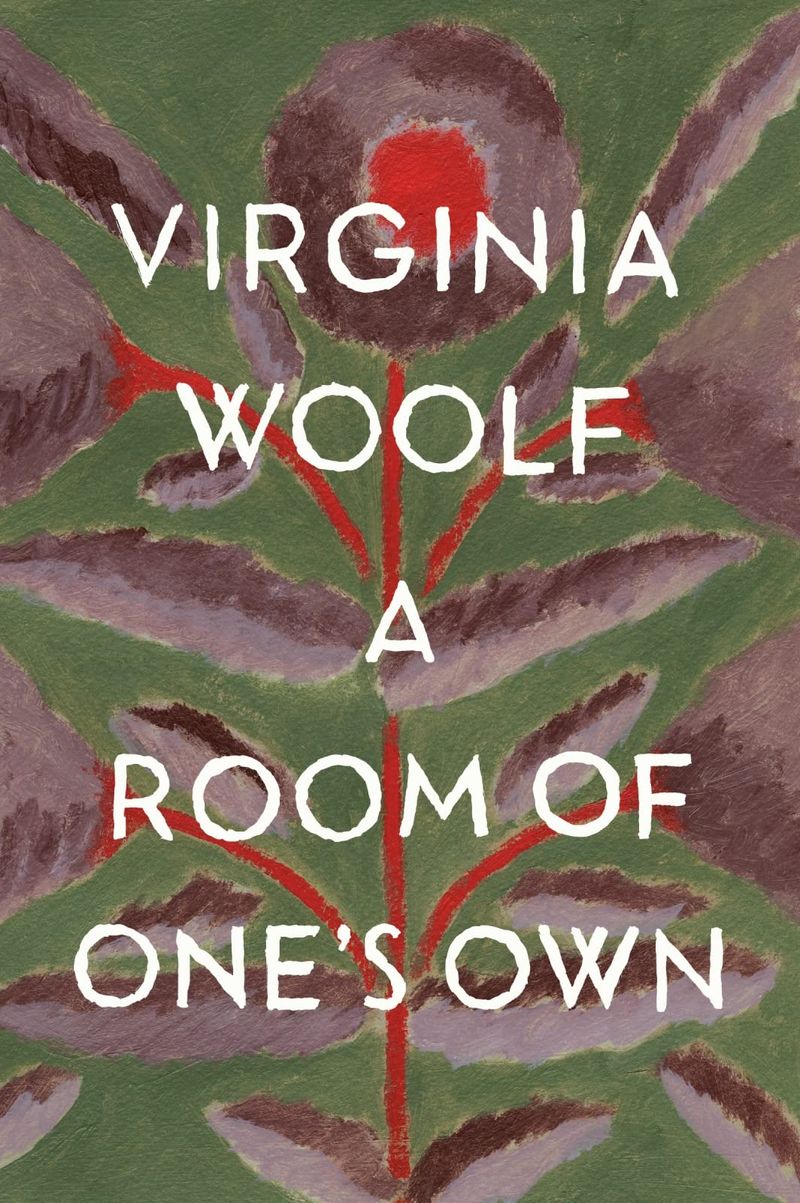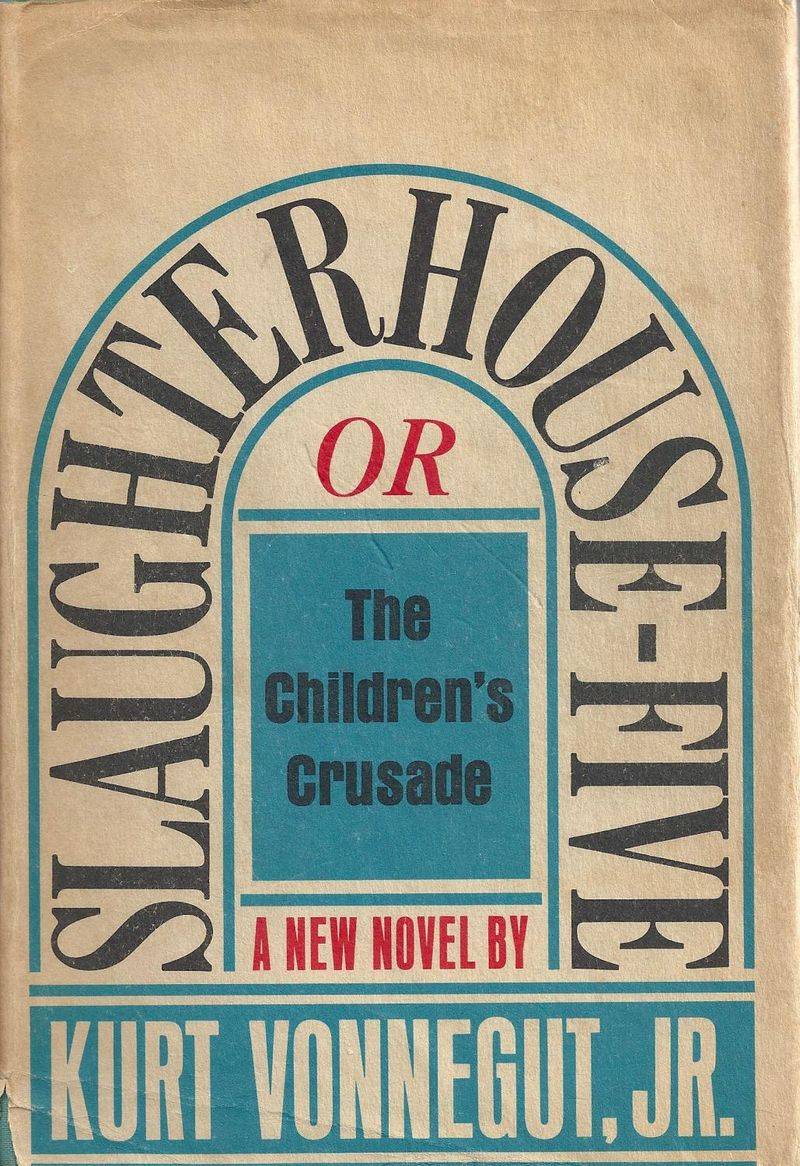Exploring literature that transcended its era, these fifteen books were truly ahead of their time. Each one challenged societal norms, foresaw future challenges, or introduced groundbreaking ideas that still resonate today.
From dystopian visions to feminist manifestos, these works continue to influence thought and culture, showcasing the foresight and creativity of their authors.
Join us in examining these visionary works that not only entertained but also provoked thought, stirring readers to consider the future and reflect on their present.
1. 1984 by George Orwell (1949)
Imagine a world where every move is watched and every thought controlled. In George Orwell’s “1984,” the omnipresent government surveillance and thought manipulation eerily mirror today’s concerns. Orwell, with his keen insight, depicted a world where truth is malleable and individuality is suppressed. His portrayal of Big Brother and the Thought Police remains a powerful warning of the dangers of unchecked authority. In a time when privacy feels like a luxury, “1984” continues to remind us of the value of freedom and the vigilance required to maintain it. A truly prophetic masterpiece.
2. Brave New World by Aldous Huxley (1932)
Aldous Huxley’s “Brave New World” presents a future dominated by technology, pleasure, and societal control. Huxley foresaw a world where genetic engineering and consumerism shape human life in unprecedented ways. His depiction of a society obsessed with instant gratification and shallow pleasures challenges readers to reflect on modern culture. Through the story of Bernard Marx and his quest for individuality, Huxley critiques the potential loss of humanity in the face of technological advancement. This novel remains a profound exploration of the costs of a utopian society.
3. Frankenstein by Mary Shelley (1818)
With “Frankenstein,” Mary Shelley wove a tale of ambition, creation, and consequence. Dr. Victor Frankenstein’s pursuit of knowledge leads him to create life, raising questions about ethics and responsibility. Shelley’s novel, often cited as the first science fiction work, delves into the dangers of unchecked ambition and the desire to play god. Her portrayal of the Creature’s struggle for acceptance and identity adds depth to this gothic tale. “Frankenstein” continues to captivate readers with its exploration of human nature and the boundaries of scientific exploration.
4. The Handmaid’s Tale by Margaret Atwood (1985)
Margaret Atwood’s “The Handmaid’s Tale” offers a chilling vision of a society where women’s rights are stripped away. Set in a theocratic regime, the story follows Offred, a Handmaid forced to bear children for the ruling class. Atwood’s exploration of gender, power, and autonomy remains relevant in contemporary discourse. Her portrayal of a world where reproductive control is wielded as a tool of oppression serves as a stark warning. The novel’s enduring impact lies in its ability to provoke thought on issues of freedom, identity, and resistance.
5. Silent Spring by Rachel Carson (1962)
Rachel Carson’s “Silent Spring” exposed the environmental damage caused by chemical pesticides, sparking a revolution in environmental awareness. Carson’s meticulous research and eloquent prose brought attention to the fragility of nature and the need for preservation. Her work challenged industries and governments, igniting the modern environmental movement. With a tone that blends urgency and hope, Carson’s message continues to resonate, reminding us of our responsibility to protect the Earth. “Silent Spring” is a testament to the power of individual action and the impact of informed advocacy.
6. Kindred by Octavia E. Butler (1979)
In “Kindred,” Octavia E. Butler masterfully combines science fiction with historical drama. The story follows Dana, an African-American writer who time travels to the antebellum South. Through Dana’s harrowing experiences, Butler explores themes of slavery, identity, and resilience. Her portrayal of the brutal realities of the past offers a unique perspective on racial trauma and history. Butler’s innovative storytelling and powerful narrative voice have made “Kindred” a cornerstone of Afrofuturism and a profound exploration of the connections between past and present.
7. Looking Backward by Edward Bellamy (1888)
Edward Bellamy’s “Looking Backward” envisions a future where equality and efficiency reign supreme. Set in the year 2000, the novel follows Julian West, who awakens from a long sleep to find a transformed society. Bellamy’s socialist utopia challenges capitalism and proposes radical changes in industry and social structure. His ideas inspired early progressive movements and continue to spark discussions on economic reform. “Looking Backward” remains a compelling exploration of societal ideals and the possibilities of a just future, blending optimism with critical thought.
8. The Left Hand of Darkness by Ursula K. Le Guin (1969)
Ursula K. Le Guin’s “The Left Hand of Darkness” challenges conventional gender norms by exploring a world where gender is fluid. The story follows Genly Ai, an envoy to the planet Gethen, where inhabitants can change genders. Le Guin’s exploration of identity, society, and empathy offers a thought-provoking narrative that questions the constructs of gender. Her richly detailed world and complex characters invite readers to reflect on the diversity of human experience. “The Left Hand of Darkness” remains a seminal work in science fiction, celebrated for its depth and vision.
9. Fahrenheit 451 by Ray Bradbury (1953)
Ray Bradbury’s “Fahrenheit 451” paints a world where books are banned and critical thinking is stifled. Fireman Guy Montag’s awakening to the value of literature serves as a powerful critique of censorship and passive entertainment. Bradbury’s vision of a society obsessed with screens and trivial pursuits resonates with modern concerns about media consumption and intellectual freedom. His portrayal of a future devoid of meaningful engagement challenges readers to consider the importance of preserving knowledge and culture. “Fahrenheit 451” continues to inspire and caution against complacency.
10. The Souls of Black Folk by W.E.B. Du Bois (1903)
W.E.B. Du Bois’s “The Souls of Black Folk” is a seminal work that explores the African-American experience in post-Civil War America. Du Bois introduces the concept of “double consciousness,” a term that describes the internal conflict faced by African-Americans in dealing with a prejudiced society. His essays delve into themes of identity, culture, and the ongoing struggle for equality. Du Bois’s eloquence and insight continue to influence sociological thought and inspire movements for civil rights. “The Souls of Black Folk” remains a vital exploration of race and society.
11. We by Yevgeny Zamyatin (1924)
Yevgeny Zamyatin’s “We” presents a chilling vision of a future where individuality is suppressed by the state. Set in a society that prioritizes uniformity and control, the novel follows D-503, a mathematician who begins to question the system. Zamyatin’s exploration of identity and autonomy inspired later dystopian works, including Orwell’s “1984.” His critique of totalitarian regimes resonates with readers, highlighting the importance of freedom and self-expression. “We” is a pioneering work that challenges the notion of a perfect society, emphasizing the value of human complexity.
12. Herland by Charlotte Perkins Gilman (1915)
In “Herland,” Charlotte Perkins Gilman imagines a society free from men, where women live in harmony and equality. The story follows three male explorers who stumble upon this utopia and are challenged by its ideals. Gilman’s exploration of gender roles, patriarchy, and societal norms offers a radical vision of feminist possibility. Herland’s portrayal of a cooperative and peaceful society invites readers to reconsider traditional family structures and gender dynamics. Gilman’s work continues to inspire feminist thought and remains a provocative examination of societal possibilities.
13. Neuromancer by William Gibson (1984)
William Gibson’s “Neuromancer” revolutionized science fiction with its cyberpunk aesthetic and visionary concepts. The story follows Case, a washed-up hacker, in a world dominated by artificial intelligence and virtual reality. Gibson’s foresight in depicting a digital landscape paved the way for the exploration of cyberspace and technology’s impact on society. His gritty, high-tech world raises questions about identity, consciousness, and the nature of reality. “Neuromancer” remains a defining work of the cyberpunk genre, celebrated for its innovation and influence on the digital age.
14. A Room of One’s Own by Virginia Woolf (1929)
Virginia Woolf’s “A Room of One’s Own” is a groundbreaking feminist essay that advocates for women’s creative freedom and economic independence. Woolf argues that women need space, both literal and metaphorical, to express themselves fully. Her eloquent prose challenges societal norms and inspires generations of women to pursue their artistic ambitions. Woolf’s exploration of gender, literature, and inequality continues to resonate, inviting reflections on the barriers women face in creative fields. “A Room of One’s Own” remains a timeless call for empowerment and self-expression.
15. Slaughterhouse-Five by Kurt Vonnegut (1969)
Kurt Vonnegut’s “Slaughterhouse-Five” is a unique blend of science fiction and anti-war narrative. The story follows Billy Pilgrim, a soldier who becomes “unstuck in time” and experiences moments from his life out of order. Vonnegut’s use of dark humor and nonlinear storytelling offers a poignant critique of war and human nature. His exploration of fate, free will, and the absurdity of conflict challenges readers to reflect on the nature of existence. “Slaughterhouse-Five” remains a powerful and unconventional examination of the human condition, celebrated for its wit and insight.
